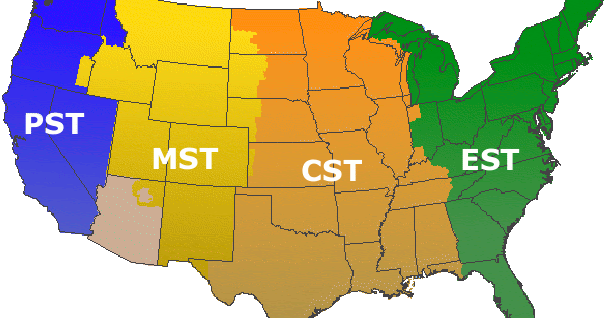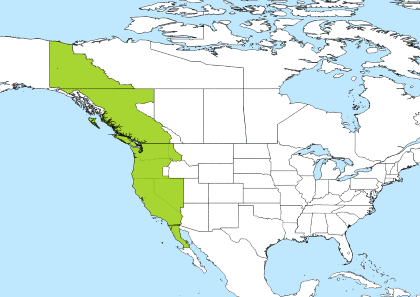


Transitions to DST have documented detrimental associations with the brain, specifically ischemic stroke, with the risk of myocardial infarction and well-being also affected. Are daylight saving time changes bad for the brain? During DST changes, adults lose an average of 15 to 20 minutes of sleep. Over time, daylight saving time (DST) eliminates bright morning light that’s crucial to synchronizing your biologic clock, possibly putting people at increased risk of heart attack, stroke and other harmful effects of sleep deprivation, said Dr. 1 in the U.S., when you’ll set the clock back an hour and the cycle will begin again. In 2020, DST will began on March 8 and ends on Nov. local daylight time (so they will then read 1 a.m. What time would it be if the clocks never changed?ĭaylight saving time then ends on the first Sunday in November, when clocks are moved back an hour at 2 a.m. It can take five to seven days for your body to adjust to the new time schedule, reports the American Academy of Sleep Medicine, and that disruption in sleep can lead to even bigger health issues. Whether you’re changing the clock forward or backward, it can have a negative impact on a person’s circadian rhythm. What happens if we get rid of Daylight Savings Time? Should daylight savings time be eliminated?īut experts say a growing body of evidence shows that the annual time shift is bad for our health, disrupting our circadian rhythms and sleep and leading to a higher immediate risk of heart attacks, strokes, atrial fibrillation and potentially car accidents.

In the United States and Canada, this time zone is generically called the “Pacific Time Zone”….Pacific Time ZonePSTUTC−08:00PDTUTC−07:00Current time16:24, 2 February 2021 PST 5 filas más What time is Standard Pacific right now?ĭuring daylight saving time, a time offset of UTC−07:00 is used. Central Standard Time (CST) is six hours behind Coordinated Universal Time (UTC). The North American Central Time Zone (CT) is a time zone in parts of Canada, the United States, Mexico, Central America, some Caribbean Islands, and part of the Eastern Pacific Ocean.



 0 kommentar(er)
0 kommentar(er)
